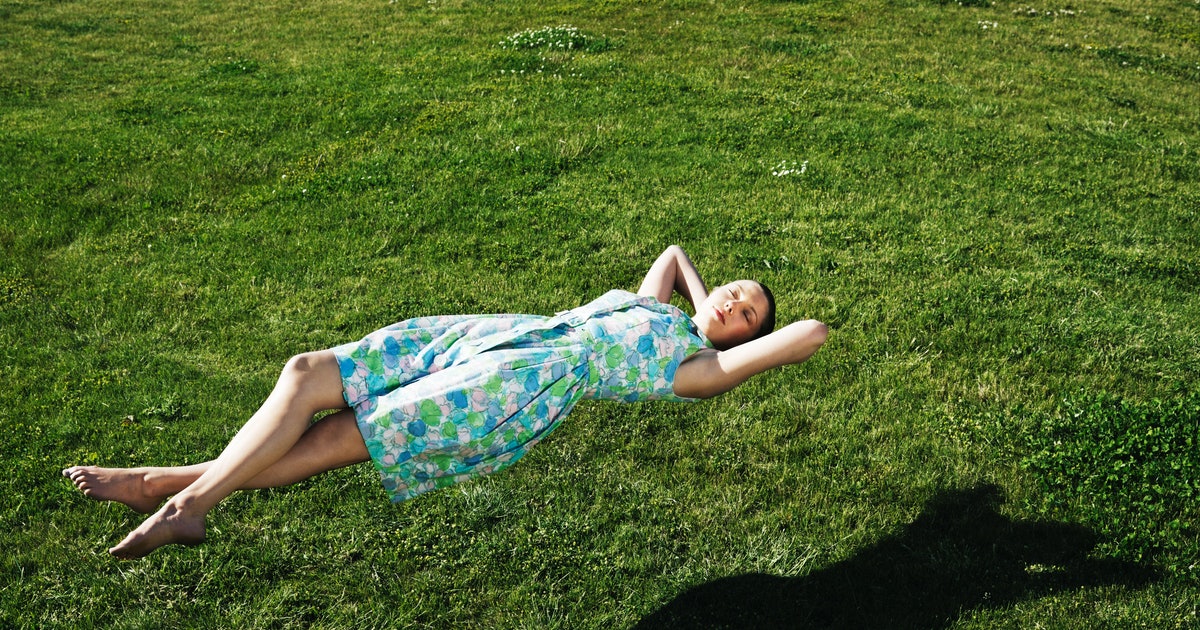
New ADHD research reveals clues to “maladaptive daydreaming” condition
For some people, “maladaptive daydreaming” might be a more accurate diagnosis than attention-deficit/hyperactivity disorder, according to a new study published in the Journal of Clinical Psychology. In the study, maladaptive daydreaming is defined as “compulsive fantasy activity characterized by immersive imagination and shifting attention toward a rich inner world while neglecting social, occupational, and academic activities.”
“We believe this is correct although [maladaptive daydreaming] is not yet a formal diagnosis,” says Nirit Soffer-Dudek. She is the study’s lead author, a clinical psychologist, and a senior lecturer at the Ben-Gurion University of the Negev.
The idea that daydreams could edge out reality is certainly curious, and confessional stories that detail what it’s like to experience maladaptive daydreaming offer some clues to life with the condition. But as with many mental health issues, people who have invasive daydreams experience stigma — and even resistance by some clinicians to treat the problem as a medical one.
In one study on people who self-identify as maladaptive daydreamers, a woman recalls telling her doctor about her distress. In reply, she says, they “looked at me with one eyebrow raised and told me it’s nothing to worry about.” Other psychologists have argued a diagnosis for maladaptive daydreaming would mean applying “the medical disease model to elements of the human experience… I would not create a new category of mental disorder for daydreams.”
But these dismissals ignore the emotional pain that can result from maladaptive daydreaming (MD), argue researchers like Soffer-Dudek.
Soffer-Dudek believes maladaptive daydreaming needs to be added to the next edition of the Diagnostic and Statistical Manual of Mental Disorders — the gold-standard manual for psychiatric conditions used by clinicians in the United States.
In turn, many people who maladaptive daydream argue other psychopathological categories are insufficient: Instead of being diagnosed with ADHD, they want a diagnosis which more accurately defines what they are going through — and the help that can come along with it.
The difference between ADHD and maladaptive daydreaming
In an earlier study, Soffer-Dudek and colleagues interviewed people with MD and found almost all of them met the criteria for inattentive ADHD. However this “supposed comorbidity was different than others,” like depression and anxiety, Soffer-Dudek tells me.
In interviews, the study respondents explained that their “addiction to daydreaming was making it difficult for them to focus on external conversations, work, chores, and classes,” she says. When it came to building stories in their heads, they had excellent concentration skills. The issue wasn’t a difficulty with staying focused or being easily distracted, it was that they had a compulsive or addictive urge to engage in daydreams.
She realized that if MD was included in a formal psychiatric diagnostic manual, “giving them a diagnosis of MD would make the diagnosis of the ADHD superfluous as the symptoms are better explained by the MD.”
To explore this further, Soffer-Dudek and colleagues decided to conduct a similar study in reverse: They looked at people with ADHD and measured how many exhibited MD. Their new study confirms their hypothesis that MD and ADHD are not the same thing: Many people have difficulties with convention and attention without a daydream addiction.
“ADHD-like symptoms can result from MD, but they are not one and the same,” Soffer-Dudek says.
Of the 83 people they examined in their most recent study, 20.5 percent met the proposed diagnostic criteria for MD. These participants also showed signs of increased depression, loneliness, and lower self-esteem compared to the ADHD-only participants.
When does daydreaming become maladaptive?
Soffer-Dudek views “true daydreaming” as a phenomenon that occurs within maladaptive daydreaming — it’s the experience of building stories and seeing vivid images in one’s mind. Previous research suggests we daydream as a means to process experiences and practice problem-solving. It may help us with our creative thinking skills and consider our goals.
But we also use daydreaming as a catchall term to mean other things, too. For example, the word is also used to describe mind-wandering and mind-blanking.
“This confusion hinders scientific understanding of what happens in the brain during true daydreaming,” Soffer-Dudek says.
People with MD can experience extremely vivid daydreaming episodes that can last hours. It is embodied by a constant, compulsive urge to daydream, and can be addictive. In turn, this can spur disillusionment with reality and social withdrawal.
“People with MD may seek out alone-time with the sole aim of being able to daydream undisturbed,” Soffer-Dudek says. “They may avoid opportunities for social gatherings because they’d rather be alone and daydream.”
Some people return to the same scenery and characters within their daydreams for years.
It is also very difficult to stop. This is what makes it debilitating and why it impairs functioning, Soffer-Dudek explains. People feel as if they cannot control it.
“However, many have told us that psychotherapy has helped them overcome it by resolving underlying issues,” she says. “Also, awareness and monitoring of the behavior and its triggers could be beneficial, as well as training in mindfulness.”
A legitimization of MD — along with an increased willingness by medical practitioners to recognize it as a distinct experience — can also benefit people looking to exert control.
For some people, “maladaptive daydreaming” might be a more accurate diagnosis than attention-deficit/hyperactivity disorder, according to a new study published in the Journal of Clinical Psychology. In the study, maladaptive daydreaming is defined as “compulsive fantasy activity characterized by immersive imagination and shifting attention toward a rich inner world while neglecting social, occupational, and academic…
For some people, “maladaptive daydreaming” might be a more accurate diagnosis than attention-deficit/hyperactivity disorder, according to a new study published in the Journal of Clinical Psychology. In the study, maladaptive daydreaming is defined as “compulsive fantasy activity characterized by immersive imagination and shifting attention toward a rich inner world while neglecting social, occupational, and academic…